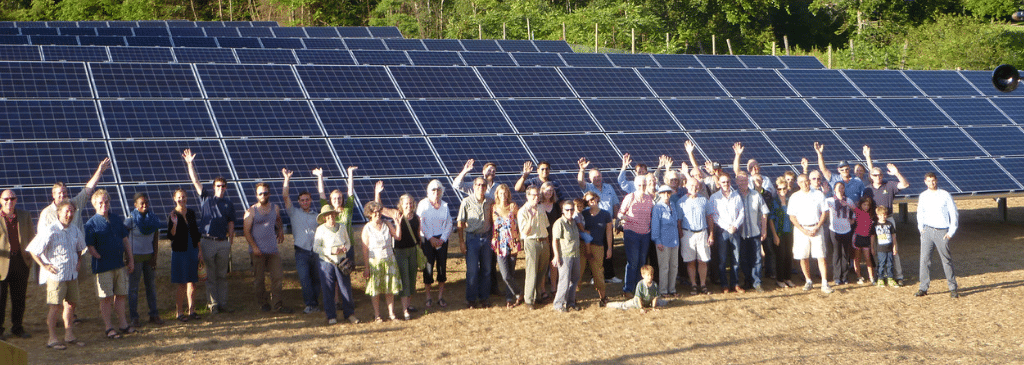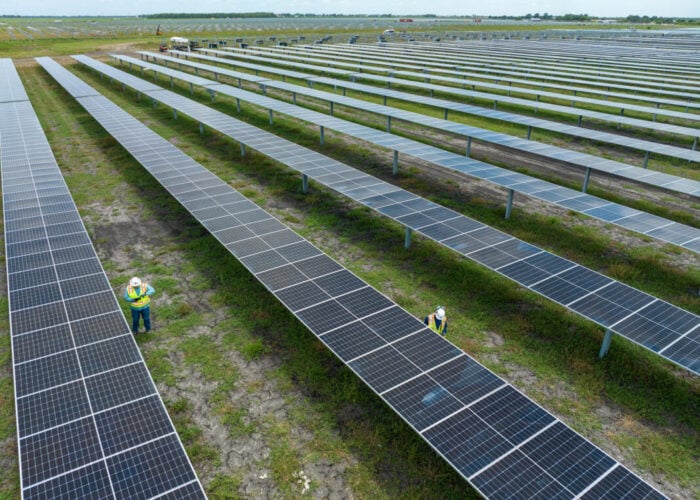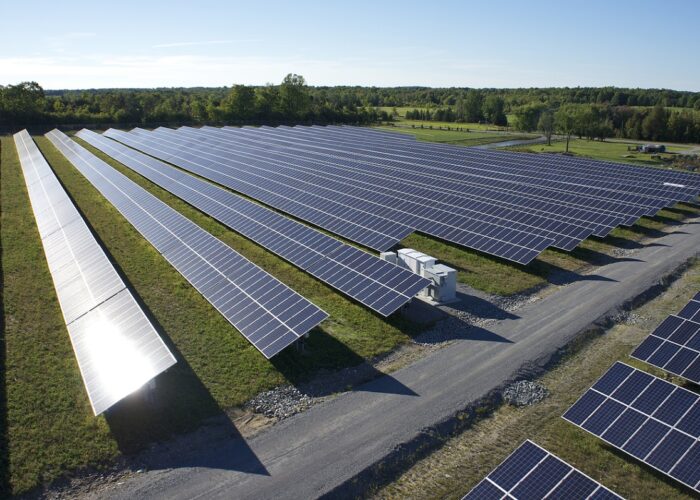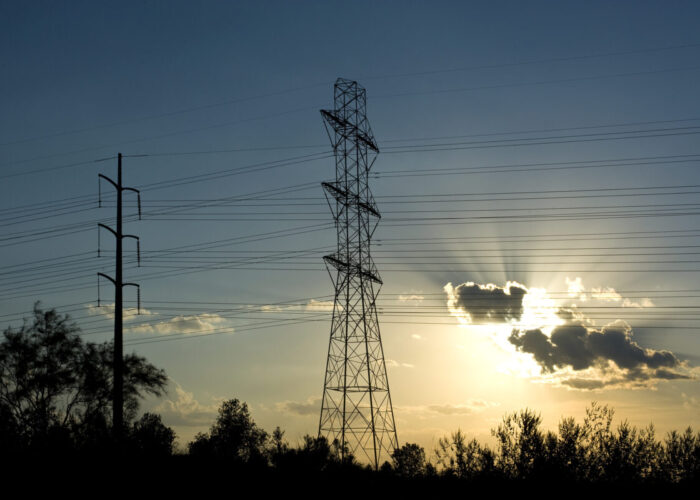
California’s Senate has passed a bill to create a community solar programme in the state as it looks to take advantage of new incentives contained within the Inflation Reduction Act to expand access to renters and low-income households.
Nearly half of Californians rent or have low incomes and the bill – AB 2316 – has directed the California Public Utilities Commission (CPUC) to create a community renewable energy programme that prioritises access for renters, low-income households and those who cannot install on-site solar and storage.
Unlock unlimited access for 12 whole months of distinctive global analysis
Photovoltaics International is now included.
- Regular insight and analysis of the industry’s biggest developments
- In-depth interviews with the industry’s leading figures
- Unlimited digital access to the PV Tech Power journal catalogue
- Unlimited digital access to the Photovoltaics International journal catalogue
- Access to more than 1,000 technical papers
- Discounts on Solar Media’s portfolio of events, in-person and virtual
The bill requires the CPUC to evaluate and consolidate or eliminate existing community solar programmes that are not achieving their goals, enables community solar projects to comply with California’s building code standards, and will piggyback on the recently passed IRA to drive solar deployment in the state.
The bill now heads to the desk of Governor Gavin Newsom who will have until 30 September to sign the bill.
“By signing this bill, Governor Newsom can cut energy bills for low income families struggling to make ends meet and take a critical step forward in closing the clean energy gap,” said Alexis Sutterman, Energy Equity Program manager at the California Environmental Justice Alliance.
Community solar projects see “the benefits of a solar project flow to multiple customers such as individuals, businesses, non-profits and other groups”, according to the US Department of Energy (DOE).
Supporters of the bill, which was authored by Democratic Assembly member Chris Ward, said the policy will expand access to solar PV for California’s renters, the majority of which are people of colour, as well as boost the reliability of California’s power grid through linking storage with community solar.
Moreover, the act would exploit numerous incentives contained within the recently passed IRA. The US$369 billion of climate provisions in the act include:
- Extending the 30% Investment Tax Credit (ITC) for solar panels
- Creating a 30% tax credit for storage technology in projects that pay prevailing wages
- Increasing tax credits for projects focused on low-moderate income households – a 40% ITC for projects serving 50% low-moderate income (LMI) customers and a 50% ITC for projects serving 100% LMI customers.
- Providing US$7 billion for states to create or expand distributed solar programs serving disadvantaged communities.
- Avoids cost transfers to non-participants and maximises the state’s ability to access federal funds under the IRA.
PV Tech Premium has previously explored how the IRA will impact community solar deployment in the US. You can view that research and more details on US community solar here.
While California is one of the leading US states in terms of overall solar deployment, it has lagged behind when it comes to community solar access. “[California] doesn’t have a viable community solar plus storage program and risks being cast aside as other states deploy and benefit from this proven, cost-effective and scalable solution for equitable, affordable clean energy growth,” wrote 22 clean energy CEOs in a letter sent to Governor Newsom this month.
The Coalition for Community Solar Access (CCSA) said there was huge potential for community solar growth in California. An industry analysis found California could have 360MW of community solar-plus-storage in place by summer 2024 and 800MW of community solar-plus-storage power online by summer 2025 if rulemaking processes called for in AB 2316 were adopted by the CPUC by the end of 2023.
“There is money on the table and businesses and state and local governments should take advantage of it or risk losing out,” said Jeff Cramer, CEO of the CCSA.
At least 7GW of US community solar is expected to come online in the next five years, according to new research from Wood Mackenzie.
PV Tech will be taking a closer look at the US community solar sector in the upcoming edition of PV Tech Power (Number 32), which is due out in September. You can subscribe and access previous editions of the journal here.







